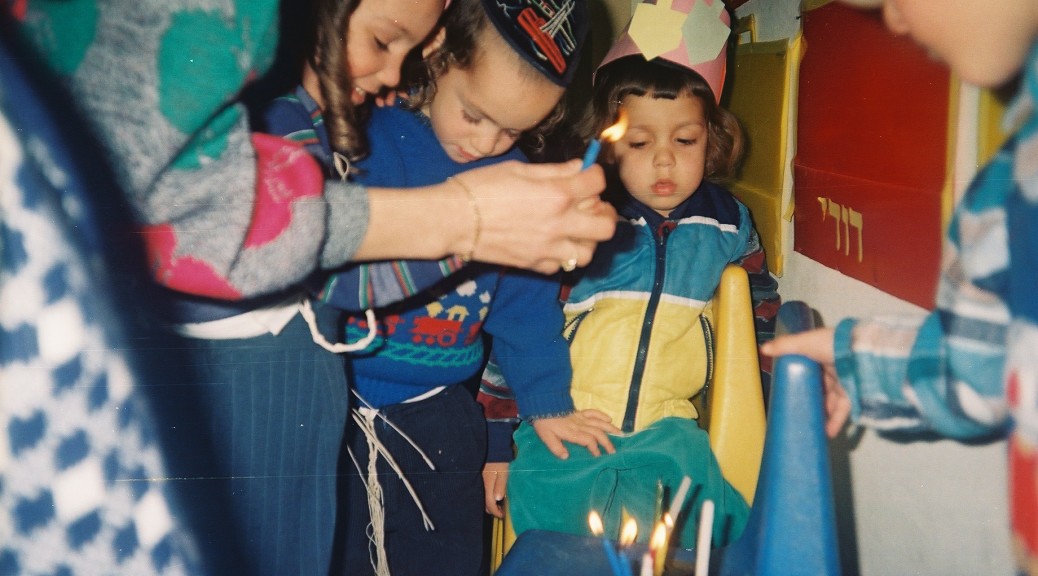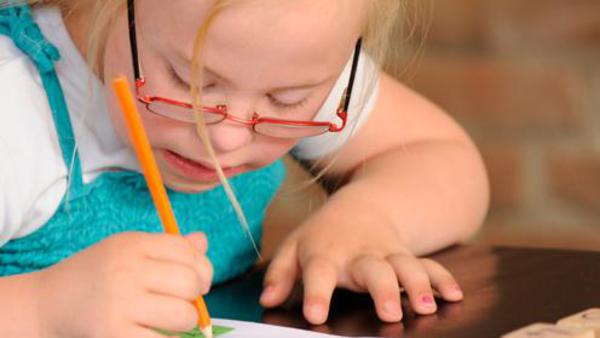Israel’s educational facility and rehabilitation center, Tikvah Layeled, was able to bring smiles to the faces of the children in their care this past Hanukah. With the lighting of the menorah ceremony, these children experienced firsthand the joys of the Hanukah holiday. The children at Tikvah Layeled suffer from disabilities caused by cerebral palsy, but through the help of the professional caregivers at the center, they are able to lead happy lives and enjoy moments such as this. It is the goal of Tikvah Layeled to improve the lives of all the children in their care and the Hanukah holiday provided the perfect opportunity to do it.
The educational facility and rehabilitation center, Tikvah Layeled, was able to bring joy to the lives of the children in their care this past Hanukah. The children took part in a lighting of the menorah ceremony and afterwards were treated to donuts. The children at Tikvah Layeled suffer from cerebral palsy, but thanks to the efforts of the facility, and the dedication of the professional men and women who work there, they were able to make the holiday a happy time for the kids. It is the goal of Israel’s Tikvah Layeled to help children with cerebral palsy lead normal, happy lives.














![c53d96467b409b61fb8d45cc133d03ef[1]](http://www.tikvahlayeled.org/blog/wp-content/uploads/2015/02/c53d96467b409b61fb8d45cc133d03ef1.jpg)

![8ef03b00becb1cda55bec8078e7eb779[1]](http://www.tikvahlayeled.org/blog/wp-content/uploads/2015/02/8ef03b00becb1cda55bec8078e7eb7791.jpg)








![3050010c9c4b27bd860feb59090273c2[1]](http://www.tikvahlayeled.org/blog/wp-content/uploads/2015/02/3050010c9c4b27bd860feb59090273c21.jpg)


![0e3776e067907897d26dcfca25823b2b[1]](http://www.tikvahlayeled.org/blog/wp-content/uploads/2015/02/0e3776e067907897d26dcfca25823b2b1.jpg)


![b0aeb27e55f84c0570085d513f98b26a[1]](http://www.tikvahlayeled.org/blog/wp-content/uploads/2015/02/b0aeb27e55f84c0570085d513f98b26a1.jpg)

